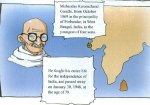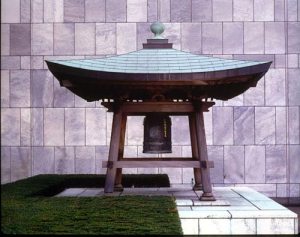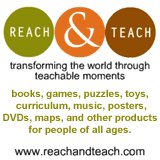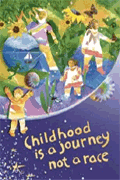(ref: Grassroots and Nonprofit Leadership by Berit Lakey, George Lakey, Rod Napier, Janice Robinson)
 Bill Moyer, a United States social change activist, developed a strategic model for waging successful nonviolent social movements in the late 1970s. This model is called the Movement Action Plan (MAP). Here is a summary of this model as described by George Lakey, the founder and retired executive director of Training for Change.
Bill Moyer, a United States social change activist, developed a strategic model for waging successful nonviolent social movements in the late 1970s. This model is called the Movement Action Plan (MAP). Here is a summary of this model as described by George Lakey, the founder and retired executive director of Training for Change.
Stage One: Business as Usual
In this stage, relatively few people care about the issue. Small groups are formed to support each other. The objective is to get people to start thinking about the issue and start spreading the word. Small action projects may be taken on in this stage.
Stage Two: Failure of Established Channels
The general public is unaware of the injustice and largely uninterested in learning about the issue. The public is thinking (or hoping) that established structures are taking care of the problem. “Surely the government is watching out for the safety of our ground water.” “Surely, corporations know which chemicals are safe and unsafe and are already ensuring that workers and the public are not being exposed to the unsafe ones.” In this stage, small groups research the issue and the victims of the injustice. They may sue government agencies or corporations and will usually lose. Nevertheless, these actions are a necessary exercise in building public awareness. Stage Two polls will show 15% to 20% of public opinion leaning towards the change.
Continue reading
Filed under: Lists | Tagged: change, history, justlists, nonviolence, organizing, social justice | Leave a comment »





 On September 21st, 2007, UN Secretary-General Ban Ki-moon rang the
On September 21st, 2007, UN Secretary-General Ban Ki-moon rang the 
